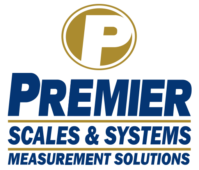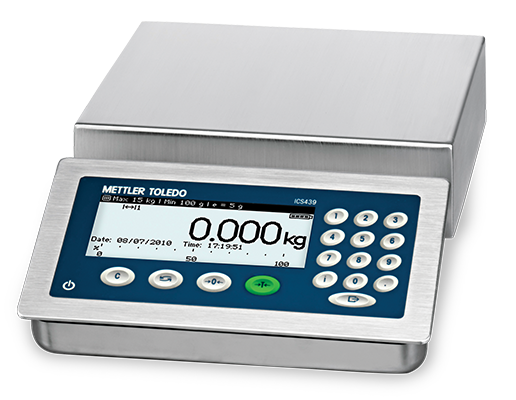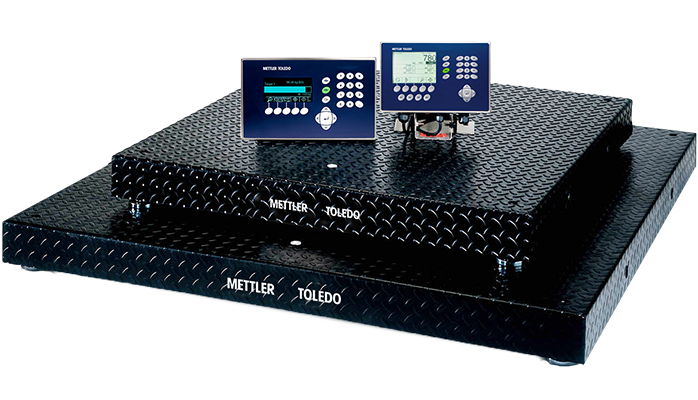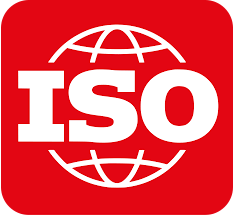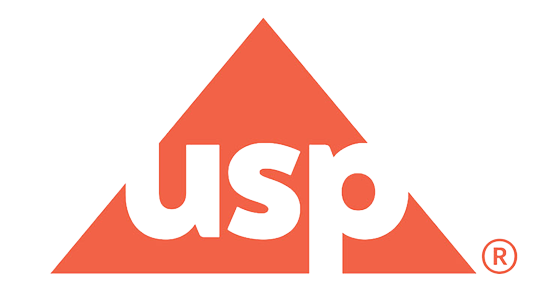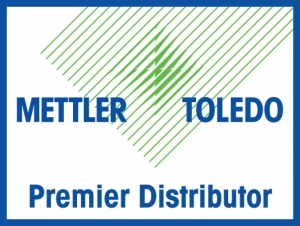Unveiling the Significance of Scale Calibration and Standards
In the intricate world of metrology, where accuracy reigns supreme, scale calibration and standards play a pivotal role in ensuring reliability and consistency across diverse industries. Among the array of standards available, the ones set by the National Institute of Standards and Technology (NIST), the International Organization for Standardization (ISO), and other esteemed bodies stand out as beacons of excellence. Let’s delve into the significance of these standards and their implications for precision measurement.
Defining Calibration
In the realm of metrology, “calibration” refers to the systematic process of comparing the measurements or performance of a measuring instrument or device with a known reference standard to determine its accuracy, precision, and reliability. The primary objective of calibration is to ensure that the instrument provides measurements that are traceable to recognized standards and are consistent with the intended accuracy requirements for a specific application.
Defining Standards
In metrology, “standards” refer to established references or benchmarks against which measurements are compared and calibrated for accuracy and reliability. These standards serve as the foundation for ensuring consistency, traceability, and uniformity in measurement practices across various industries and applications.
The National Institute of Standards and Technology (NIST) is a cornerstone in the development of measurement standards, crucial for ensuring accuracy and reliability across diverse sectors. Among its contributions, NIST publishes Handbook 44, a comprehensive guide that sets forth the specifications, tolerances, and technical requirements for weighing and measuring devices. This handbook is integral to ensuring that commercial scales cooperates accurately and consistently. By aligning measurement tools with these rigorously tested standards, businesses can guarantee that their operations meet the highest benchmarks for precision and accuracy. This adherence not only bolsters consumer trust but also enhances the competitiveness and efficiency of industries reliant on precise measurements, underscoring the importance of NIST and its Handbook 44 in the calibration process.
The International Organization for Standardization (ISO) is an independent, non-governmental international organization that develops and publishes a wide range of proprietary, industrial, and commercial standards, including those crucial for calibration. ISO standards, such as ISO/IEC 17025, which specifies the general requirements for the competence of testing and calibration laboratories, play a pivotal role in ensuring the accuracy and reliability of measurement tools and methodologies across the globe. For industries where precision is crucial, such as manufacturing, healthcare, and environmental monitoring, adhering to ISO standards in calibration processes enhances credibility, supports regulatory compliance, and fosters consumer trust by ensuring that all measurements are accurate and traceable to internationally recognized standards.
USP41 is a set of guidelines issued by the United States Pharmacopeia concerning the minimum weight requirement in analytical balances used in pharmaceutical settings. Essentially, USP41 specifies how to determine the minimum quantity of a substance that can be accurately weighed on a given balance, ensuring that measurements meet certain quality and precision standards. The mandatory Chapter 41 states that a balance should be properly calibrated over the operating range. Repeatability and accuracy requirements are defined, with acceptance limits and permissible test weights. This is critical in the weighing industry, particularly for those involved in pharmaceuticals and laboratory settings, because it helps ensure that dosages and formulations are precise and safe. Adhering to USP41 not only promotes compliance with regulatory standards but also enhances the reliability and accuracy of scientific data, ultimately supporting public health and safety.
Beyond NIST and ISO: Exploring Specialized Standards
While NIST and ISO set the foundation for scale calibration, certain industries may require adherence to specialized standards tailored to their unique needs. For instance, pharmaceutical companies may follow USP41 or Good Manufacturing Practice (GMP) guidelines, while laboratories handling hazardous materials might comply with Occupational Safety and Health Administration (OSHA) regulations. Understanding these industry-specific standards is crucial for maintaining compliance and upholding quality standards.
Bottom Line
In the realm of metrology, adherence to scale calibration and standards is not just a best practice; it’s a fundamental necessity for maintaining precision and reliability. Whether it’s NIST, ISO, or specialized industry standards, embracing these benchmarks elevates the quality of measurements and instills confidence in the integrity of data. By prioritizing adherence to calibration and standards, organizations pave the way for excellence in measurement and ensure their continued success in an increasingly competitive landscape.
PREMIER SCALES & SYSTEMS ISO/IEC17025 ACCREDITED CALIBRATION SERVICES
Premier is home to the area’s largest ISO/IEC17025 accredited calibration scopes meaning we are truly a full-service calibration company. This full-service approach means one company, one point of contact, and one invoice for any metrology need. You can rely on Premier Scales & Systems for accurate results that do more than keep you in compliance but also increase the life and efficiency of your measuring equipment.
